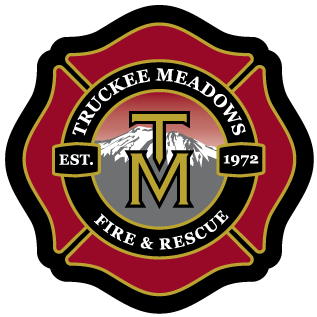Our Mission: “Committed to excellence, service, and the protection of life and property in our community.” |
Contact UsOur Mission: “Committed to excellence, service, and the protection of life and property in our community.”
Our Mission: “Committed to excellence, service, and the protection of life and property in our community.” |
Contact UsTruckee Meadows Fire & Rescue engages in structure and wildfire suppression management in a multitude of roles.
Initial Attack (IA) – The primary objective of TMFPD’s initial attack resources are public and fire fighter safety, property loss minimization, and the expedient extinguishment of initial attack fires. The District currently staffs the following resources:
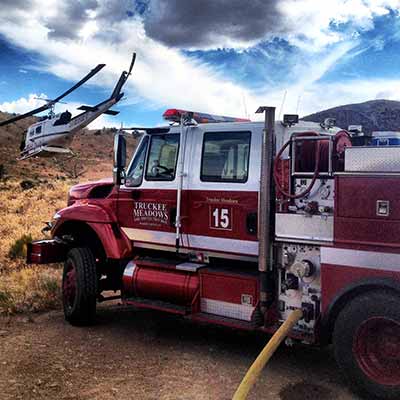
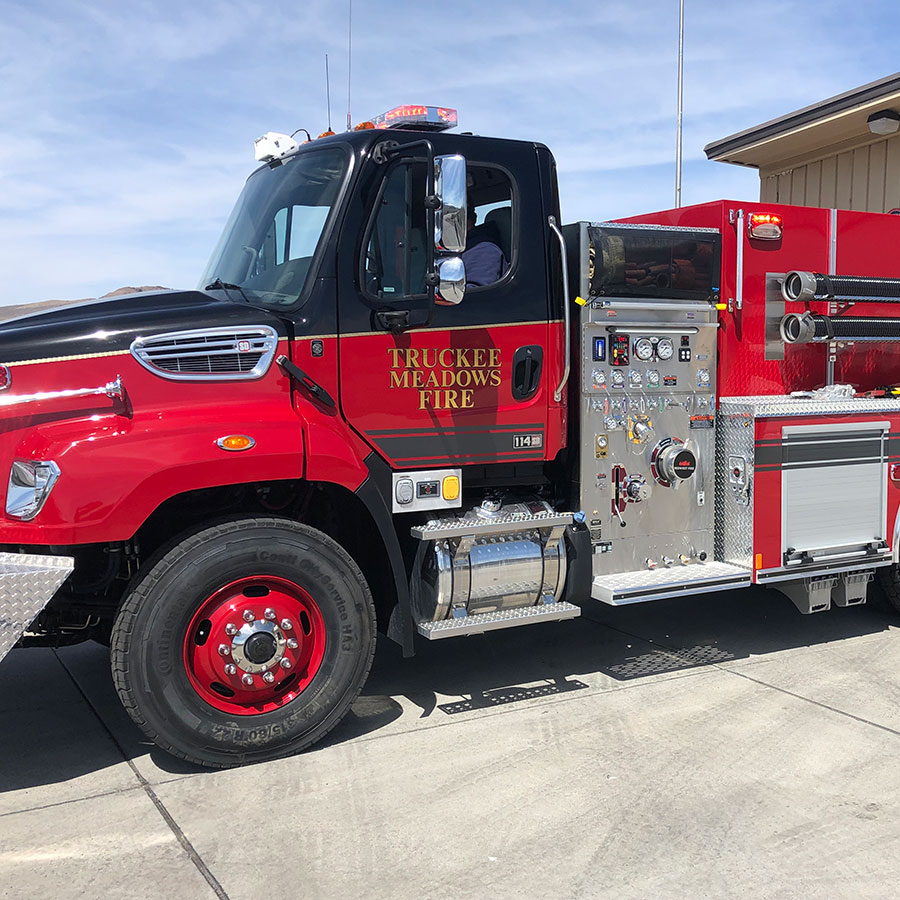
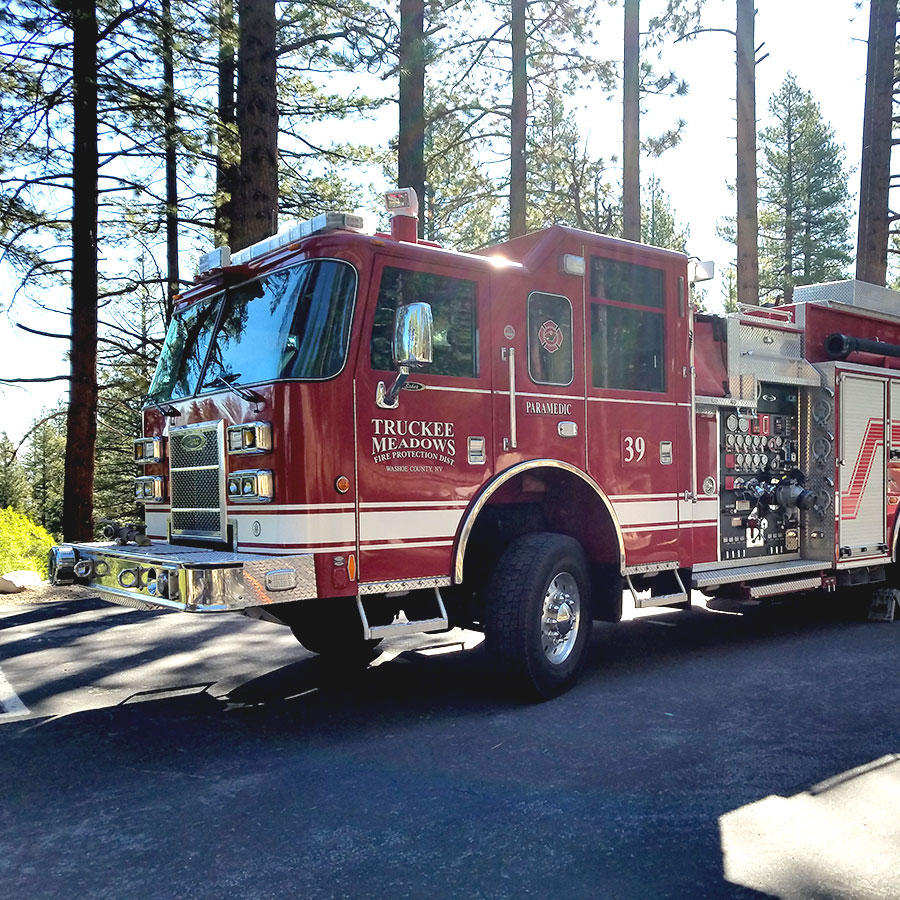
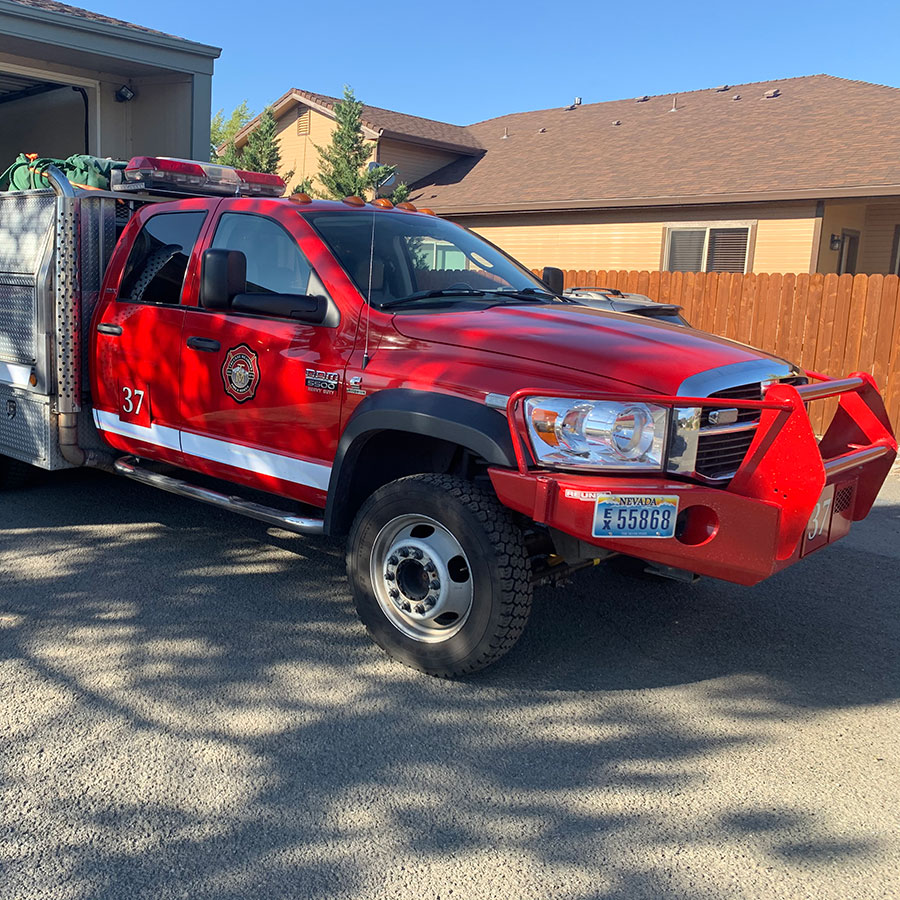
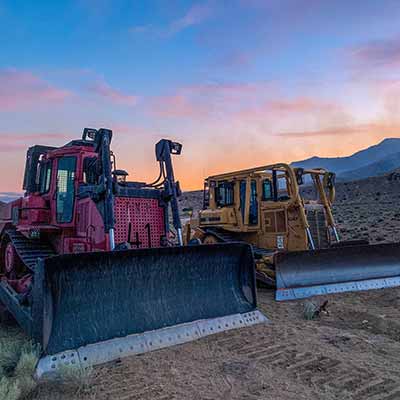
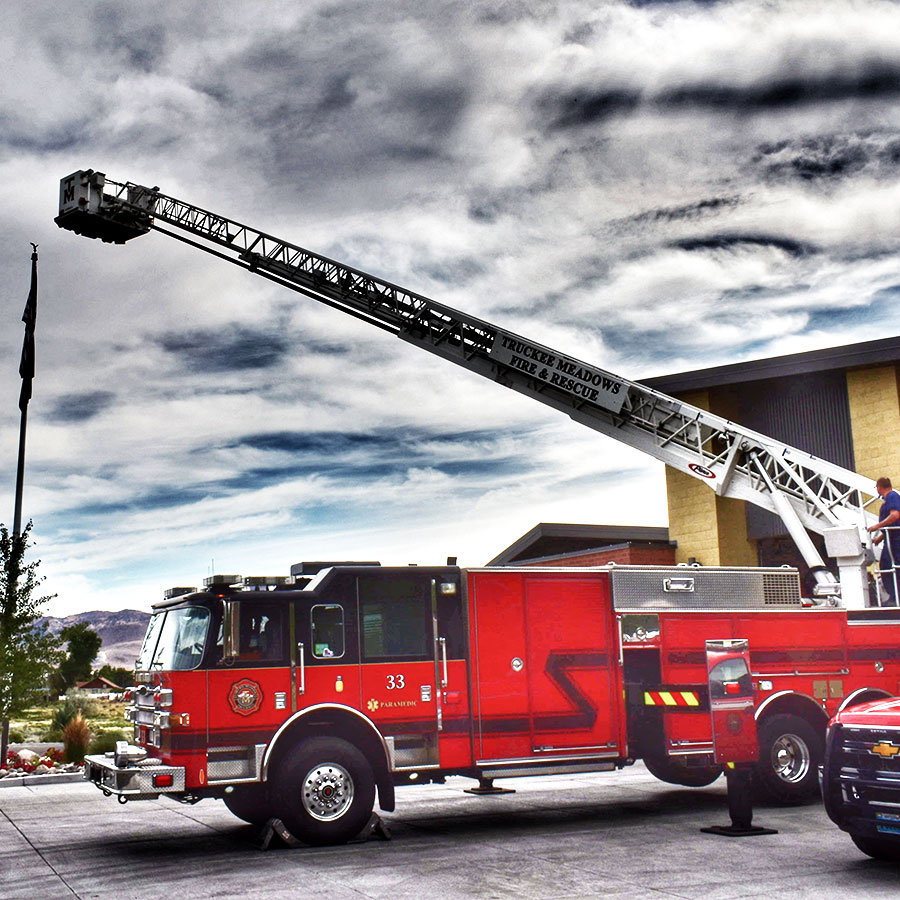
TMFPD also provides multiple engines and training to local volunteer departments. Those stations are not staffed 24/7, but can be called upon to augment initial attack resources.
Local cooperators – No department in the world has enough resources to handle large wildfires or structure fires on their own when they occur in their district. This fact is well-known in the fire industry and TMFR has proactive agreements with numerous local, state and federal agencies to ensure needed resources cross jurisdictional boundaries and fire partners help each other when needed so we can attack a large fire or emergency and maintain readiness should other incidents occur simultaneously.
Incident Management Teams – Just as no department is self-sufficient with initial attack resources during large local fires, departments typically lack enough overhead positions in the Incident Command System (ICS) to field effective overhead structures during large incidents. Across the country there are pre-designated “management teams”. These teams work and train together throughout the year. Individuals come from states and communities across the country to participate in these organizations. TMFPD both utilizes these teams on large fires, and contributes staffing to those teams in roles such as:
